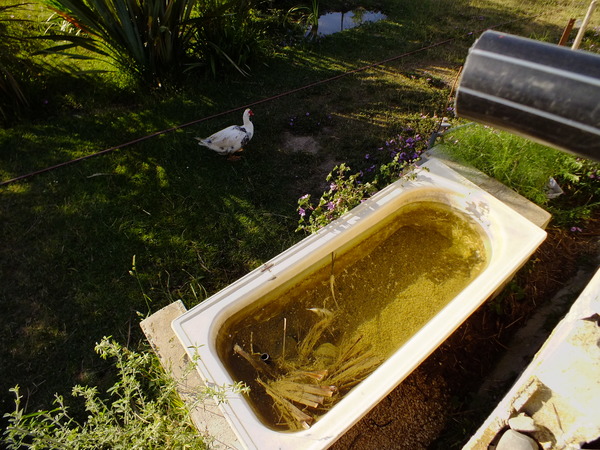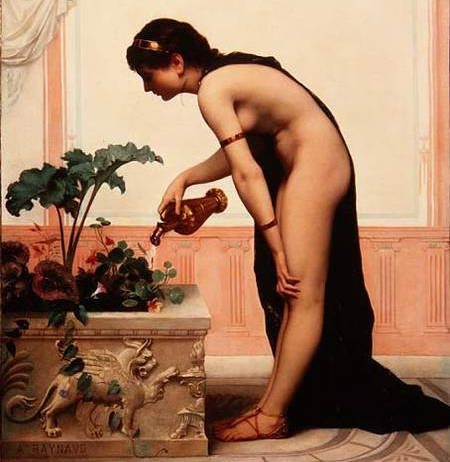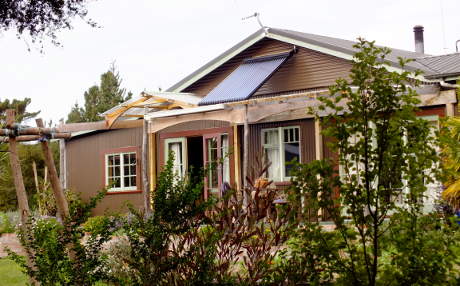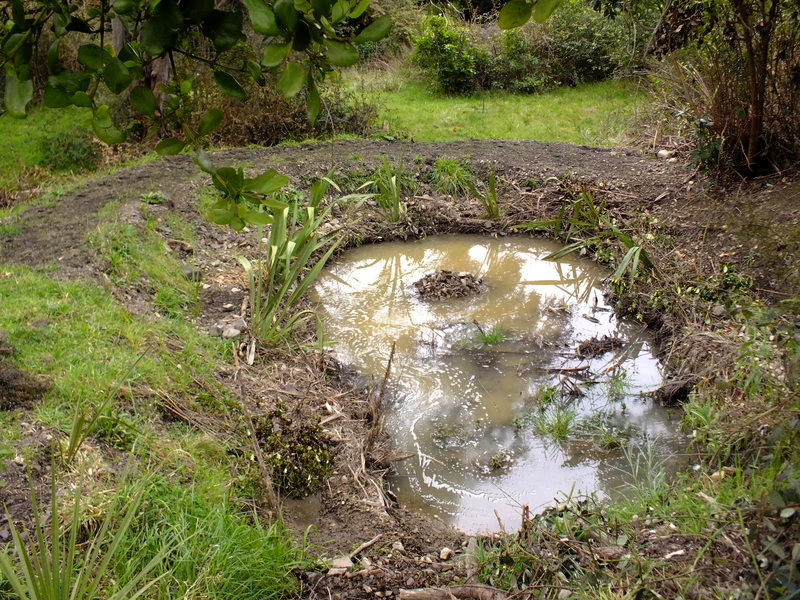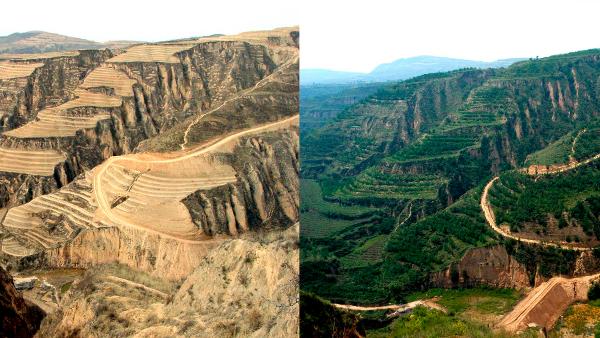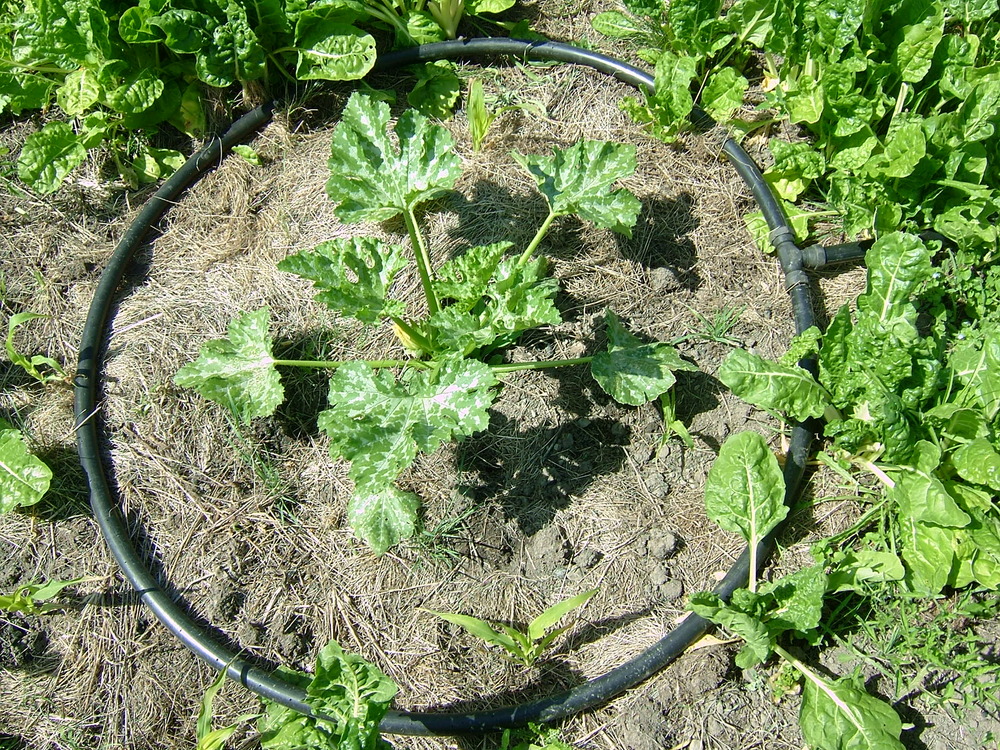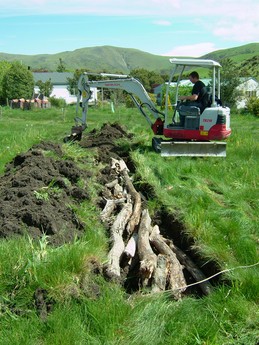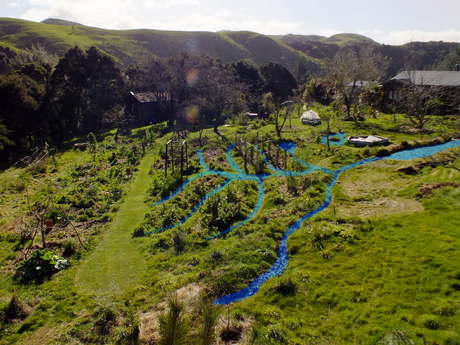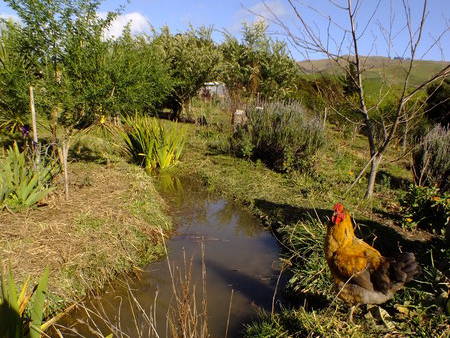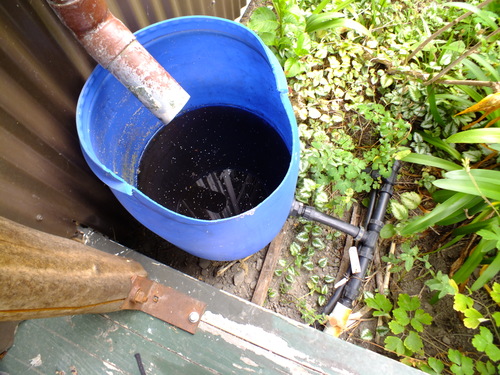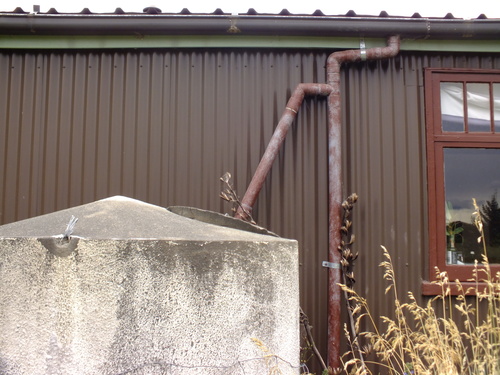Energy efficiency with hot water
Currently most of out hot water heating is done by electricity although we are are working on a number of strategies to reduce this component. One part of the approach is to keep the thermostat set so that the water is just hot enough.
I was having a conversation with someone about energy efficiency and hot water heating and what was the best temperature setting for the hot water cylinder.
The friend was operating under the incorrect assumption that it was better to have the cylinder as hot as possible so that when water was taken out, for a shower say, there was less cold water entering that required heating. There is a certain surface logic to this but it seemed to me that it doesn't matter what temperature the water is, when you have a shower or do the dishes you are extracting the same amount of energy (in the form of hot water) from the tank and so the energy needing to be replaced is the same.
The issue with keeping water extra hot then, is more to do with the extra energy that is required to maintain a greater temperature differential between the temperature inside and outside the hot water tank.
According to one website:
"The ideal setting is 60°C. It is important that the water in the cylinder is this hot to kill bacteria such as legionella but higher temperature settings only increase your power bill."
June 17, 2011
